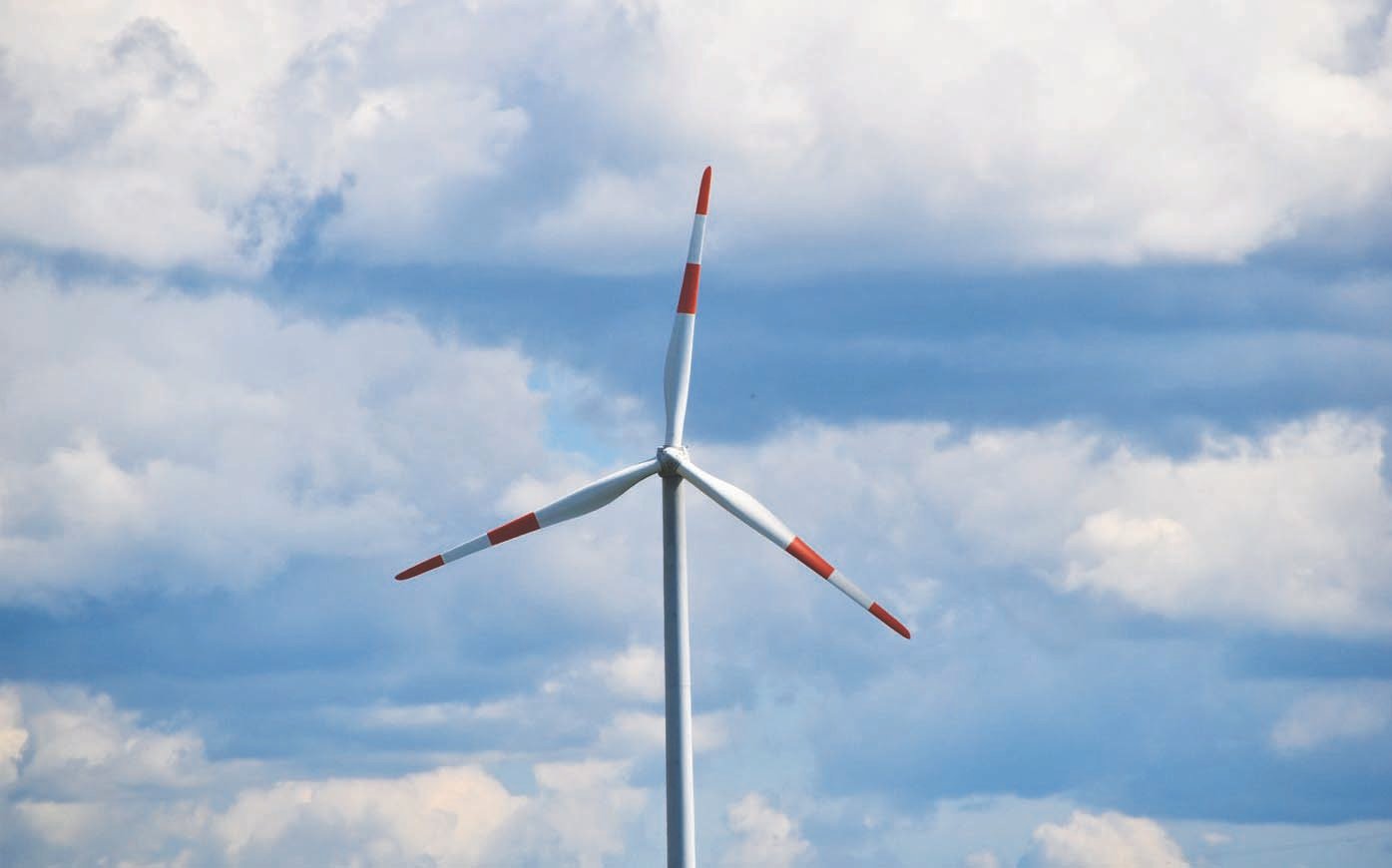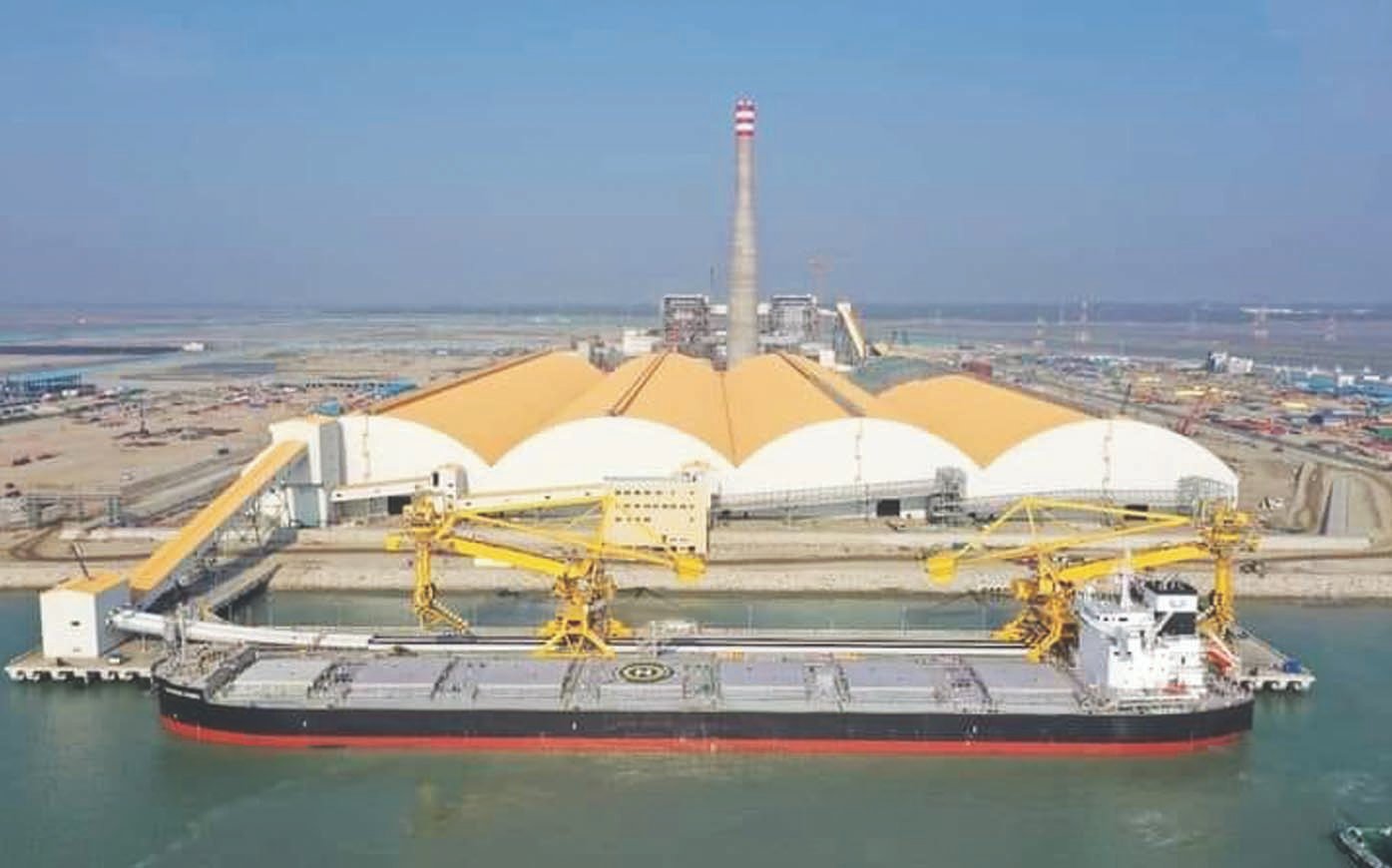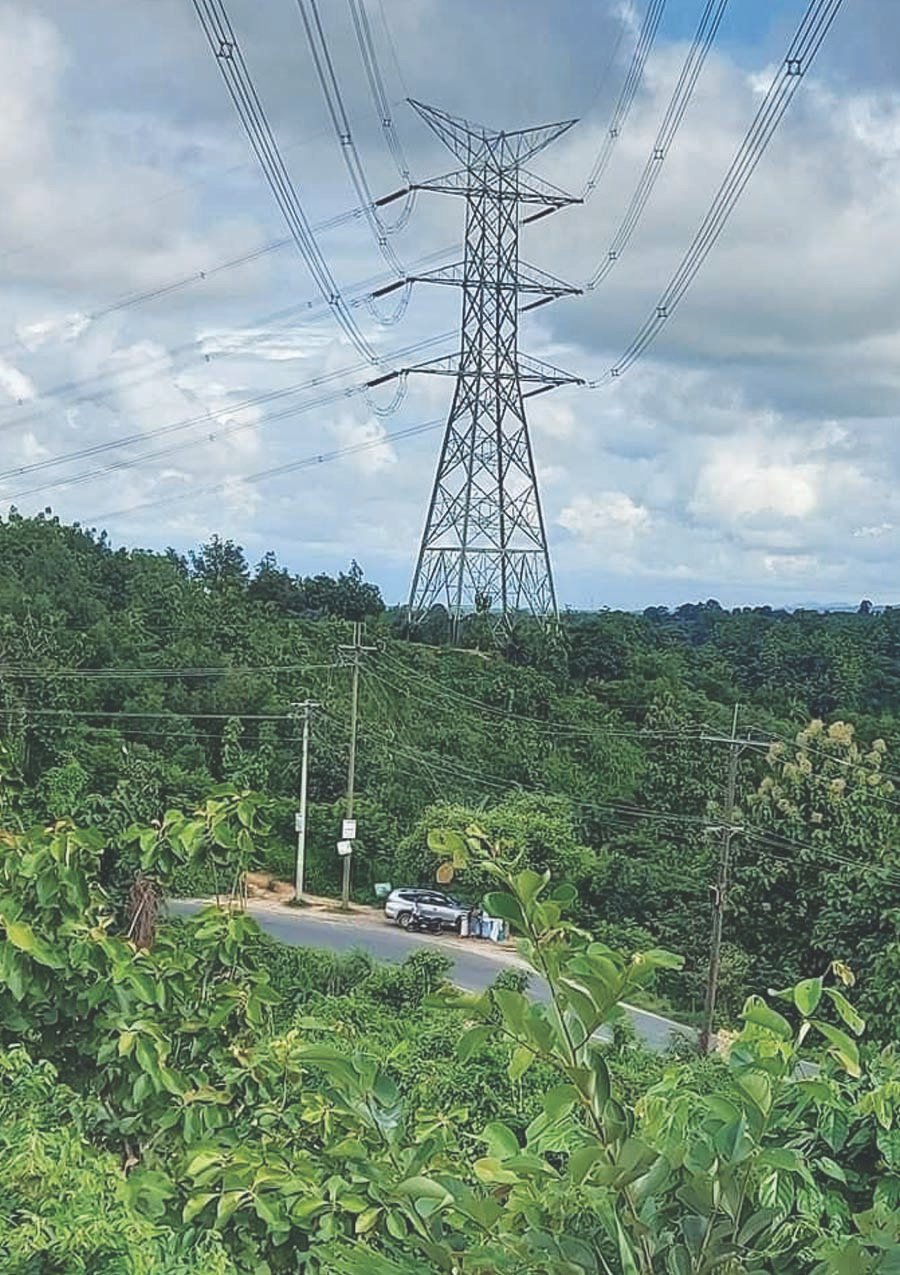
Smart Bangladesh 2041 envisions four key pillars: Smart Citizens, Smart Government, Smart Economy, and Smart Society. It aims to bridge the digital divide and provide innovative digital solutions that benefit all citizens and businesses, regardless of their background or size. Building upon the achievements of Digital Bangladesh, Smart Bangladesh represents a significant step towards realizing the vision of a prosperous and Golden Bangladesh envisioned by Bangabandhu.
A critical aspect of achieving this vision is ensuring a sustainable power supply. By guaranteeing a stable and reliable power source and implementing sustainable energy generation methods, Bangladesh can support the development of a smart nation. These efforts will contribute to a resilient and sustainable energy infrastructure, paving the way for a greener and technologically advanced future for the country.
Sustainable Power Supply
Ensuring a consistent and uninterrupted power supply is crucial for the development of a smart Bangladesh. Merely increasing production capacity is insufficient; instead, a regional approach that integrates multiple power sources is necessary to guarantee a steady power supply. Bangladesh's power sector boasts an impressive total generation capacity of 28,134 MW, including captive power plants and renewable energy sources. However, the installation of power plants lacks uniformity and justification in terms of fuel sources. While we can support the entire nation, proper closed-circuit transmission lines are lacking. To provide electricity in rural areas, approximately 6 million solar home systems have been successfully installed. Additionally, the power sector has implemented 5,453,545 pre-paid meters to enhance billing efficiency and monitor electricity consumption effectively. Power grid technology encompasses various methods of power generation, such as thermal power plants (coal, natural gas, oil), nuclear power plants, hydroelectric power plants, wind farms, solar power plants, and other renewable energy sources, each with specific equipment and systems for electricity production.

Bangladesh boasts a collective capacity of 61,446 MVA in grid substations, with a distribution network spanning 629,000 kilometers. However, the power sector experiences a distribution loss of 7.74% as of June 2022. The country's per capita electricity generation stands at an estimated 609 kilowatt-hours (kWh). Relying solely on a single-line national power grid poses risks, as sudden disconnections can lead to frequency decline and subsequent power failures. Bangladesh has faced cascade power failures in the past. To mitigate this, the government should consider implementing a disintegrated grid system, dividing it into regions such as east, west, north, and south, with each system incorporating renewable and other power sources.
Selecting suitable locations for new power plants requires careful consideration before awarding contracts. Smart grid technologies like advanced metering infrastructure (AMI) facilitate two-way communication between consumers and utilities for improved monitoring and control. Power grid technology includes advanced control systems like Supervisory Control and Data Acquisition (SCADA) that enable real-time monitoring and management of grid operations. These systems collect data, analyze grid conditions, and control equipment for grid stability, reliability, and optimal performance. Protective devices like circuit breakers, relays, and surge arresters are integral to power grid technology, safeguarding against faults, electrical surges, and other disturbances. Grid resilience technologies focus on mitigating the impact of natural disasters, cyber threats, and disruptive events on the grid.

The integration of renewable energy into the electrical grid presents significant challenges. Bangladesh's power system currently experiences frequency fluctuations ranging from 48.9 to 51.2 Hz, with occasional drops to 48.7 Hz and spikes up to 51.5 Hz. These variations not only undermine system reliability but also result in substantial economic losses. The unstable power system, with a frequency range of 50±1.2 Hz, raises concerns about security and reliability as the country plans to construct a nuclear power plant and connect large-scale solar and wind energy sources to the grid. Addressing frequency instability is crucial to attract investment from private power producers (IPPs) and ensure a secure and reliable power grid.
To realize the vision of a smart Bangladesh, it is imperative to tackle power sector challenges by improving transmission infrastructure, reducing distribution losses, and diversifying energy sources. By implementing these measures, Bangladesh can establish a dependable and efficient power supply that supports its goal of becoming a smart nation. On April 19th, 2023, Bangladesh achieved a record-breaking power generation of 15,648MW. With approximately 45.1 million electricity consumers, the country has developed an extensive transmission line network spanning 14,717 circuit kilometers to facilitate efficient electricity transfer.
The power production methods in Bangladesh vary, with IC engine-based power generation susceptible to slight frequency variations depending on load, while turbines offer more stable frequencies. Both types are connected to the national grid, which has experienced cascade failures in the past. To ensure a steady power supply, adopting smart solutions is crucial.
Looking ahead, focusing on wind turbines is necessary for a consistent power supply, as engine-based operations have environmental concerns with exhaust emissions, and gas sources are limited. By embracing sustainable and diverse power sources, Bangladesh can pave the way for a more reliable and environmentally conscious energy future.
Nuclear power plays a crucial role in providing stable frequency power output and long-term operational capabilities. Establishing a modern grid and transmission line can connect industrial sectors, ensuring reliable support. Automatic frequency control (AFC) adjusts reactor power output to maintain frequency within a specified range, increasing output when the frequency drops and decreasing it when the frequency rises. Controlling frequency outside this range involves reducing or increasing generated electrical output at defined rates.
Wind energy has seen remarkable progress, with utility-scale land-based wind turbines' hub height increasing by 66% since 1998–1999, reaching approximately 94 meters (308 feet) in 2021. In the United States, offshore turbines are projected to grow even taller, with an anticipated average hub height of about 150 meters (500 feet) by 2035, comparable to the height of the Washington Monument. This signifies the significant growth and potential of offshore wind energy.
In Europe, the difficulties in procuring traditional energy sources like oil and natural gas, exacerbated by conflicts and disrupted trade relations, have underscored the importance of renewable energy. Wind energy technology has advanced significantly over the past two decades, reaching a mature stage. Substantial investments in future wind turbine capacity have driven further technological improvements, aiming to make wind electricity generation as reliable, efficient, and cost-effective as possible.
The COVID-19 pandemic has caused delays in the installation of new renewable energy capacity and posed challenges in procuring traditional energy sources. However, it has also prompted a reassessment of project delays and opportunities for increased productivity and shorter manufacturing times for plant components. Europe, as a global leader in wind turbine manufacturing, should continue to advance wind turbine development and technological innovations. According to the International Renewable Energy Agency (IRENA), onshore wind farm capacity is projected to triple by 2030 and quadruple by 2050.
By harnessing the potential of wind energy and driving sustained innovation, countries can make significant strides in transitioning to cleaner and more sustainable energy systems. This not only helps mitigate environmental impacts but also contributes to a greener future.
The recent Russian invasion of Ukraine has led to a surge in essential commodity prices, particularly fuel, raising concerns about energy and food supply security in Europe and globally. Energy prices in Europe and worldwide have risen since the second half of 2021, further exacerbated by Russia's suspension of gas supplies to certain European Union member states. In response, EU leaders have acknowledged the need to reduce reliance on Russian fossil fuels and accelerate the transition to renewable energy sources. Expediting the installation of wind turbines could significantly increase electricity production and potentially achieve energy projections for 2030 and 2050 ahead of schedule. However, achieving this goal requires significant efforts, as Europe fell short of its climate and energy targets for 2030 by installing only 17,000MW of new wind energy capacity in 2021.
In 2021, onshore wind farms accounted for 81% of Europe's new capacity, with notable contributions from Sweden, Germany, and Turkey. The global offshore wind capacity experienced substantial growth, with 21,100MW commissioned in 2021, three times more than the previous year, marking it as the best year in offshore wind history. China dominated the global offshore wind market, installing 80% of the new capacity in 2021. In onshore wind farms, China surpassed Europe to become the largest market, representing nearly one-third of the world's installed capacity.
The planned installation of 6,044,000MW of wind energy has the potential to fulfill over one-third of the total electricity demand by 2050 globally. This could lead to a reduction of 6,300,000,000 tonnes of CO₂ emissions related to energy, representing more than a quarter of the emissions reduction potential from renewable energy sources and energy efficiency measures. Wind energy, especially offshore wind, has gained significant momentum as efforts are made to expedite the installation of wind turbines to meet the growing electricity demand. However, achieving the ambitious energy targets for 2030 and 2050 will require continued investments in wind turbine development and technological advancements.
The vision of Smart Bangladesh 2041 goes beyond technological advancements and emphasizes inclusivity as a core principle. To achieve this vision, ensuring a sustainable and reliable fuel supply, as well as a robust power supply, are crucial. Bangladesh has made progress in securing LNG supply agreements and importing low-sulfur diesel to ensure a sustainable fuel supply. Expanding domestic refinery capacity, diversifying energy sources, and promoting public-private collaboration are key strategies for long-term sustainability.
Improving transmission infrastructure, reducing distribution losses, and embracing sustainable and diverse sources like wind energy and nuclear power is vital for a reliable power supply. By prioritizing these aspects, Bangladesh can create a greener, technologically advanced, and more inclusive future, thus realizing the visionary goal of Smart Bangladesh 2041.
Click Here to Download Article as PDF/userfiles/EP_21_4_Article_Smart Bangladesh Vision 2041_Building a Sustainable Power Supply System_Engr_ Md_ Shahin Alom.pdf
Engr. Md. Shahin Alom, Senior General Manager at MJL Bangladesh PLC. He has a diverse academic background, including an M.Sc. in Petroleum, a B.Sc. in Mechanical Engineering, an MBA, and a CSCM certification.



